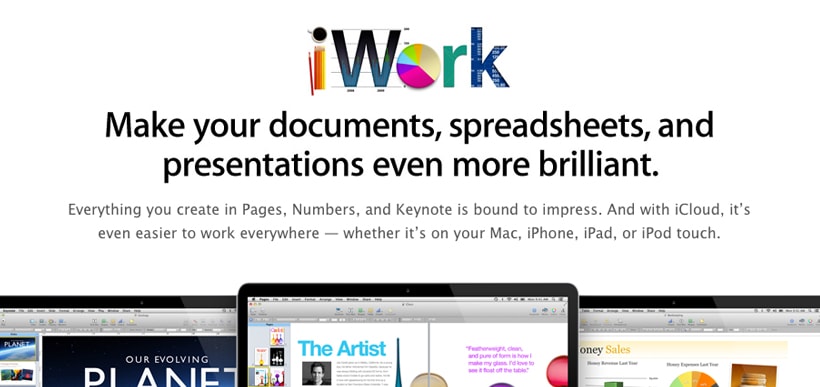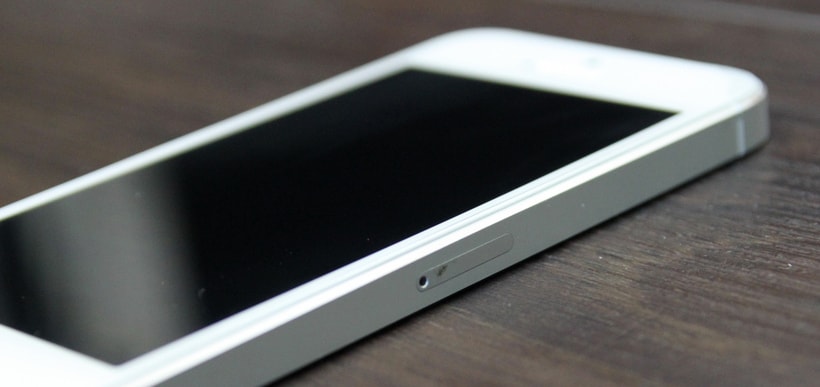The Mac App Store has been such an incredibly useful invention for anyone who owns an iMac or MacBook. Unlike in years past, through it we’ve been able to download new software and operating system updates directly from the Internet, without having to go out and buy the discs.
But what about those who favor PC computers? Do they have anything similar, or is still a matter of heading down to the nearest computer shop or ordering discs online every time there’s a new edition of Windows or Office?
For those who are now using a PC with Windows 8 or RT, they can now access the Windows Store, which bears some similar qualities to the Mac App Store. Although it hasn’t been around as long as the Mac version, and isn’t accessible to as many consumers, it does have 50,000 apps already in it.
Much like the Mac App Store, apps are divided into categories as well as listed by new releases, top free apps and top paid apps. Apps can be installed on up o five different PCs. One great thing about the Windows Store is that while there are free and paid apps, just like Mac, there are also paid apps that offer free trials. That’s an excellent way to ensure you’ll really like an app before you spend money on it, and could help to ensure greater customer satisfaction.
Many of the apps in the Windows Store are similar to those in the Mac App Store, including well-known titles like Twitter, Skype, All Recipes and Adobe Photoshop. Other best sellers include games like Halo and Scribblemix and the Nook e-reader app. While there are many apps in common, given the two different platforms, there are some apps that are different. Each app store has products exclusive only to Windows or to Mac, which sets the two apart.
The Mac App Store is great because it is well established already and offers a vast range of software. For anyone knew to it, it’s easy to use because it has the same interface and overall user experience as the iTunes Store. It also has a wider audience than the Windows Store, which is still only available to purchasers of the latest PC computers, making it useful to more people.
It’s difficult to determine one as being better than the other. Comparing app stores is much like every other aspect of the Mac versus PC debate; those who like Mac will always insist that Apple products are superior, while those who favor PC will in turn voice their opinion that Windows and the choice of computers it comes on is a better option. There are certainly pros and cons to both, as no computer is perfect – in the end, consumers will decide which product, interface and user experience they prefer and buy accordingly.
However, it’s worth noting that many of Windows’ latest developments, like the Windows Store, are similar to features those of us who buy Mac have been enjoying for some time already. Despite Microsoft developing app stores and other technology similar to what we’ve already enjoyed for years with Mac, those of us who choose Apple will continue to enjoy the quality manufacturing and innovative design provided to us for years to come.




